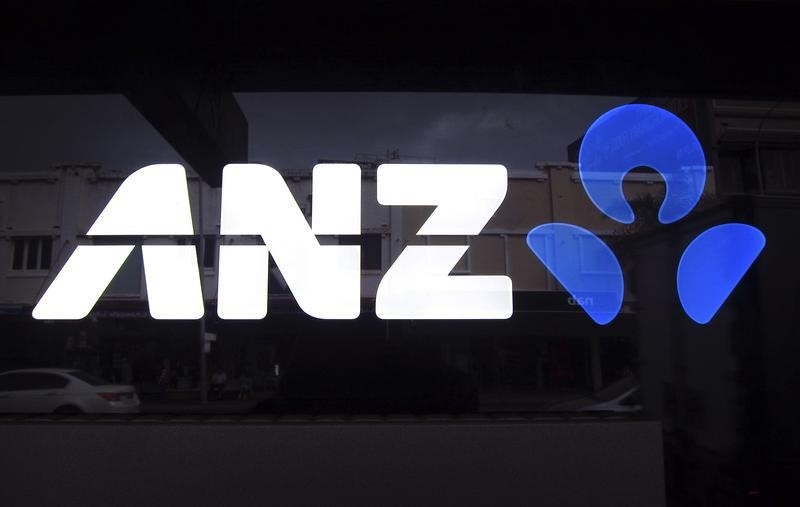By Nathan Lynch
SYDNEY, Feb 15 (Reuters) - Australia will move to a new process by the end of this year for setting its credit market reference rate, even as the corporate regulator reportedly prepares to launch its first civil action for attempted rate rigging.
The changes, contained in a discussion paper from the Council of Financial Regulators (CFR), are intended to minimise the risk of manipulation facing Australia's BBSW bank bill swap rate, which sets the price of money market funds.
The CFR is a consortium of the Australian Securities and Investments Commission (ASIC), the Australian Prudential (L:PRU) and Regulatory Authority (APRA) and the Reserve Bank of Australia.
Global regulators have been reforming rate-setting practices after Barclays Plc BARC.L , UBS AG UBSG.VX , RBS RBS.L and others were fined billions of dollars for rigging the globally used London Interbank Offered Rate, known as Libor.
Australia overhauled its BBSW rate-setting mechanism in 2013 after an exodus of banks from its panel of participating money market institutions.
It replaced the panel of 14 banks with an automated rate setting mechanism that examines live and executable prices achieved for bank accepted bills and negotiable certificates of deposit from trading venues.
ASIC has said it is investigating Australia and New Zealand Banking Group ANZ.AX over rate rigging.
The Australian Financial Review reported at the weekend that a court action was expected to be filed "within weeks".
Greg Medcraft, chairman of ASIC, said the regulator had up to A$80 million set aside for fighting complex legal battles of this type.
The CFR has backed a new benchmark methodology based on the volume-weighted average price of traded bank bills and certificates of deposit.
The new benchmark will be determined over a longer trading period than the existing model which is based on the national best bid and offer rate seen during the 10am fix period.
The CFR said the BBSW benchmark was "systemically important" given its role in pricing a range of financial instruments, but it was concerned that for one in every three days there was no suitable trading actvity at the time BBSW was set.
Market participants said this lack of liquidity was caused by a combination of international Basel III capital adequacy reforms and the legal and regulatory risks associated with market benchmarks.
David Lynch, chief executive of the Australian Financial Markets Association (AFMA) industry group, said the BBSW was evolving to ensure that it remained a "trusted, reliable and robust" financial benchmark.
AFMA, which administers the BBSW benchmark, is still not certain whether the rate had actually been successfully rigged.
Lynch said the Australian benchmark was a much less subjective measure than Libor, and was therefore less susceptible to manipulation. Traders may have attempted to manipulate the underlying markets, however, in an effort to move the BBSW.
(This article first appeared on Thomson Reuters' Regulatory Intelligence platform; risk.thomsonreuters.com; Reporting by Nathan Lynch; Editing by Eric Meijer)
